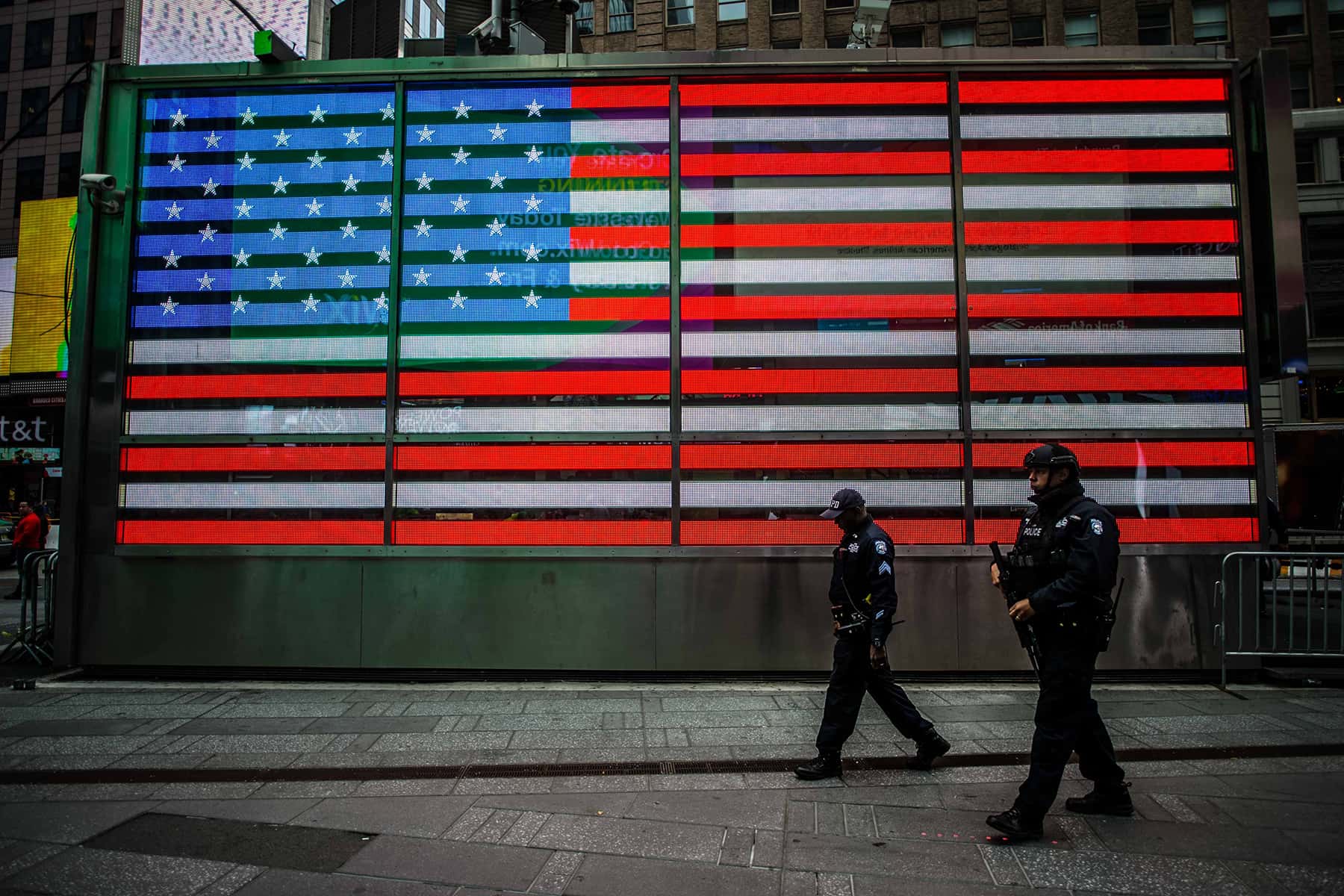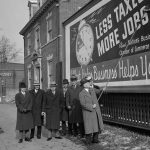
Domestic terrorism is defined as violent acts that are committed by individuals or groups with the goal to further ideologies that stem from domestic influences, such as those with a political, religious, social, racial, or environmental nature.
Since the Kenosha shooting, the nation has been struggling to contextualize and label a 17-year-old White teen who killed two individuals, Anthony Huber and Joseph Rosenbaum, and injured one other, Gaige Grosskreutz.
The shooter has been labeled a White Supremacist, a hero, a racist, a patriot, a Trump loyalist, a radical militia member, a Blue Lives Matter supporter, and such. As the story develops, his motivation and agenda will become more clear, even if the interpretation of those results are politically opposed.
Regardless, the 17-year-old falls under a subgroup of individuals, all young white men, who have embraced the tactics of violent gun use on large crowds – such as schools, churches, and public entertainment gatherings. Yet, the majority of these incidents have not been officially labeled as acts of domestic terrorism.
There is an overwhelming hesitation for the United States to label its citizens as terrorists. This tendency can be traced back to the Ku Klux Klan, who historically intimidated African Americans through murder and rape for generations with impunity – due to the dominance of their White identity. And to this day, the KKK is still not recognized as a terrorist organization by the Federal government.
A more recent example of this dilemma can be found in cases like the Charleston church massacre on June 17, 2015, in South Carolina. Nine African Americans were killed during a Bible study at the Emanuel African Methodist Episcopal Church. The atrocity was committed by Dylann Roof, a 21-year-old White Supremacist. While some new media, politicians, and law enforcement officials referred to the attack as an act of domestic terrorism, many conservative voices did not. It renewed the debate about when the terminology was used, particularly over how it was withheld when a perpetrator was White.
And closer to home in Milwaukee, when Wade Page shot six people and wounded four others at the Sikh temple in Oak Creek. Commentaries following the event pointed out how “Page’s crime was rarely given the proper label: It was an act of terrorism” and instead referred to him as “the shooter.”
These are just among a few examples of the hesitations and debates surrounding the idea of terrorism within the U.S. by American citizens. At the same time, there seems to be no hesitation to label fellow citizens as patriots, and apply social pressure to show loyalty through such demonstrations of “patriotism.”
A patriot is defined as a person who vigorously supports their country and is prepared to defend it against all enemies.
The contrast between how we view terrorism and patriotism, and their thin line of objective separation, creates an Us vs. Them mentality. Such conflict has often been used as a political tool, but with Trump’s presidency the action has become a sharpened weapon. By labeling one individual, he labels an entire community.
For instance, if a Black person shoots a cop or commits a crime, all individuals within the Black community are viewed to be the same kind of perpetrator. While the subgroup of individuals, like the shooter in Kenosha, are regarded with a sympathetic approach surrounded by notions of individualism and exceptionalism that try to rationalize a lone decision.
Individuals like Daniel Prude, who back in March of 2020 was killed during an arrest by police officers, are not afforded that kind of sympathy, when he was clearly and knowingly experiencing a mental health episode. Unarmed, immobilized, and huddled naked in the middle of the street, he was suffocated because police officers put a “spit sock” over his head – a sight reminiscent of the Abu Ghraib torture and prisoner abuse scandal.
The same polarization happens in contrast with law enforcement, when we hear that not every cop is a “bad cop.” The difference is the abuse of power and cultural context from history. There has been an undeniable systemic oppression used on marginalized communities, such as the case with Daniel Prude. Even then, when the situation clearly involves “bad apples,” America’s White society has a horrible hesitation to admit that the actions of these police officers were wrong – despite eye witness reports, physical evidence, video cameras, and such.
The social polarization expressed as Us vs. Them was cemented in the twenty-first century American culture following September 11, 2001. After the end of the Cold War, when the Soviet Boogeyman was no longer a threat, the nation lost its ideological rival – that “other” to fear. The events of 9/11 filled that void, and produced a defined image of a “bad guy.” Overwhelmed by the emotional anguish from the attack, the trauma shifted American culture to revitalize its perception of patriotism.
It is the same wounded pride that prevents White Americans from classifying one of their own kind – fellow White citizens – as terrorists. To call those people “bad guys” pulls a society of individuals and lumps them into a group, and that group loses its claim on defining patriotism.
“We” is often used as a term of white inclusion. This is the root of where the hesitation comes from. If “we” label someone as a terrorist, and that bad person fits within this “we” mentality, then there is a fear that the entire group fits within the same script. The tactic of this “we” group mentality has been used against other communities, and White society is afraid of it now being used against them.
On the 19th anniversary of September 11, it is evident that the United States hesitates to judge people equally, either good or bad. Americans idealize themselves as a nation that fights against terrorists, not one that creates them. Antifa, which is short for Anti-Fascist – supporters are condemned as unAmerican and tractors, yet hometown boys who fought the fascists of Nazi Germany are considered heroes and patriots. The example shows the kind of identity crisis America has been having.
The nation, like any institution, is a collection of people who are having a hard time letting go of the past, its “we” mentality, White privilege, and recognizing the non-inclusivity of its own citizens of color.
As a result, the United States continues to enforce an abusive relationship with itself by not taking the necessary first step and admitting there is a problem on its own turf. Until this is addressed, the following generations born on American soil are vulnerable to the violence and pressure that has not been reconciled.
© Photo
Roman Koester














